
EMERGENCY
Eye Care
Your eyes are incredibly sensitive and important, and when an eye emergency occurs, it’s essential to act quickly to preserve your vision and prevent further damage. Conditions such as corneal foreign bodies, corneal abrasions, red eyes, eye pain, eyelid swelling, vision loss, flashes and floaters, and eye infections can all require urgent attention. In this blog post, we’ll explore common eye emergencies, their symptoms, and when to seek immediate emergency eye care.
1. Corneal Foreign Bodies
A corneal foreign body occurs when an object, such as a speck of dust, metal shard, or wood splinter, becomes lodged in the clear, protective surface of your eye (the cornea). This can happen while working, playing sports, or being outdoors.
Symptoms of a corneal foreign body include:
A sensation of something in the eye (foreign body sensation)
Redness and irritation
Tearing or watering eyes
Pain, especially when blinking
Blurry or distorted vision
If you suspect you have a foreign body in your eye, it’s crucial not to rub the eye. Instead, seek emergency eye care immediately to have the foreign object safely removed. Attempting to remove it yourself may cause further damage to the cornea.
2. Corneal Abrasions
A corneal abrasion is a scratch or injury to the cornea, often caused by fingernails, contact lenses, or foreign bodies. This injury can lead to pain, redness, and sensitivity to light.
Symptoms of a corneal abrasion include:
Sharp or gritty pain in the eye
Redness and tearing
Blurred vision
Sensitivity to light
A corneal abrasion can lead to infection and permanent scarring if not properly treated. It’s important to visit an eye care professional as soon as possible for a thorough examination and treatment, which may involve antibiotic drops or ointments.
3. Red Eyes
Red eyes are a common symptom that can result from a variety of conditions, some of which may require urgent medical attention. Causes of red eyes include allergies, dry eyes, eye infections like conjunctivitis, and glaucoma.
Some serious causes of red eyes include:
Infections: Bacterial or viral conjunctivitis (pink eye) can cause redness, discharge, and irritation.
Acute angle-closure glaucoma: This condition causes a sudden increase in eye pressure, leading to severe pain, redness, nausea, and blurred vision.
If you experience sudden or severe redness, especially along with other symptoms such as pain, vision changes, or light sensitivity, it’s important to seek emergency eye care immediately.
4. Eye Pain
Eye pain can result from many conditions, including corneal abrasions, dry eye syndrome, or glaucoma. However, persistent or severe eye pain could signal something more serious, such as an eye infection or an intraocular injury.
Symptoms to watch for:
Persistent or worsening pain
Accompanying symptoms such as nausea, headache, or vision loss
Pain that’s triggered by light or eye movement
If eye pain is severe or accompanies vision changes, it’s essential to seek emergency eye care. Early treatment can prevent long-term damage to the eye.
5. Eyelid Swelling
Eyelid swelling can occur due to various causes, including infections like blepharitis or chalazion, allergies, or trauma. However, swelling around the eyelid or under the eye can also indicate a more serious condition, such as an orbital cellulitis, which is an infection that can spread to deeper structures of the eye.
Symptoms of eyelid swelling:
Redness and warmth around the eyelid
Tenderness or pain when touched
Pus or discharge from the eye
Difficulty opening the eye
If the swelling is severe, or if you experience pain, fever, or vision changes, seek immediate emergency eye care. An infection like orbital cellulitis requires prompt treatment to prevent the infection from spreading.
6. Vision Loss
Sudden vision loss in one or both eyes is an urgent medical emergency. Vision loss can be a sign of a variety of serious conditions, including:
Retinal detachment: This occurs when the retina pulls away from the back of the eye, causing sudden vision loss or the appearance of a shadow in your field of vision.
Stroke: A stroke can affect the visual centers of the brain, causing sudden vision loss.
Glaucoma: Acute angle-closure glaucoma can cause rapid vision loss due to high eye pressure.
Optic neuritis: Inflammation of the optic nerve can lead to sudden vision loss, often accompanied by pain when moving the eye.
If you experience any form of vision loss, no matter how brief, seek emergency eye care right away. Time is critical when treating conditions that cause vision loss.
7. Flashes and Floaters
Flashes and floaters in your vision can be common as you age, but they can also signal a serious condition such as a retinal tear, retinal detachment, or vitreous hemorrhage. Flashes appear as bright streaks of light, while floaters are dark spots or lines that move across your vision.
If you experience:
A sudden increase in flashes or floaters
A curtain or shadow appearing in your peripheral vision
Loss of vision in one area of your vision
These symptoms may indicate a retinal tear or detachment, which requires immediate treatment to prevent permanent vision loss. Seek emergency eye care as soon as possible.
8. Eye Infections
Eye infections can be caused by bacteria, viruses, fungi, or parasites and can affect different parts of the eye, such as the cornea, conjunctiva, or eyelid. Common eye infections include:
Conjunctivitis (Pink Eye): Often caused by viral or bacterial infections, leading to redness, discharge, and irritation.
Keratitis: Inflammation of the cornea that can result from an infection, contact lens use, or trauma.
Blepharitis: Infection of the eyelid margins, often causing redness, swelling, and irritation.
Symptoms of eye infections include:
Redness, swelling, or tenderness in the eye or eyelids
Discharge or crusting around the eyes
Pain or sensitivity to light
Blurry or decreased vision
If you experience any of these symptoms, especially if they are sudden or severe, contact our team or visit an emergency eye care facility immediately. Infections can worsen quickly and cause permanent damage to the eye if not treated promptly.
When to Seek Emergency Eye Care
While some minor eye issues can be treated at home, it’s crucial to seek emergency eye care if you experience any of the following:
Sudden vision loss or changes
Severe pain or discomfort
Redness, swelling, or discharge that doesn’t improve
Flashes of light or a sudden increase in floaters
Eye injury or trauma
Your eyes are delicate, and some conditions can progress quickly, leading to permanent vision loss if not treated right away. If you’re unsure whether you need emergency care, don’t hesitate to contact an eye care professional to discuss your symptoms.
Final Thoughts
Eye emergencies should never be ignored. Whether you're dealing with corneal foreign bodies, corneal abrasions, red eyes, eye pain, eyelid swelling, vision loss, flashes and floaters, or eye infections, prompt treatment can make all the difference in preserving your eyesight. Always err on the side of caution and seek emergency eye care if you experience any of these symptoms.
At MD Eye Center, we are here to provide expert emergency eye care for all types of eye injuries and conditions. If you experience any urgent symptoms or have concerns about your eye health, contact us immediately to schedule an appointment.
Emergency Eye Care:
What to Do When You Experience Eye Pain, Vision Loss, or Other Urgent Symptoms
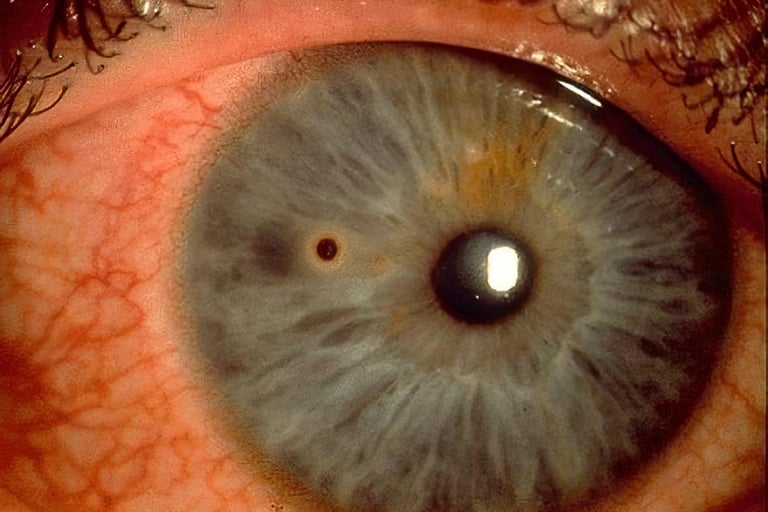

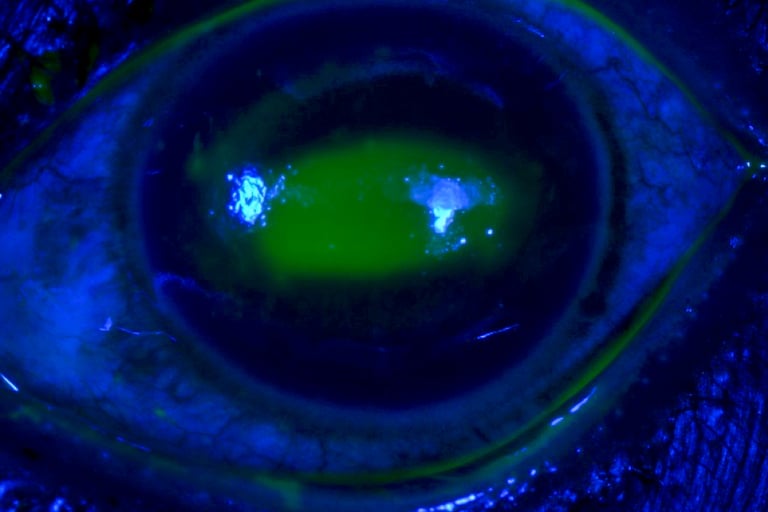



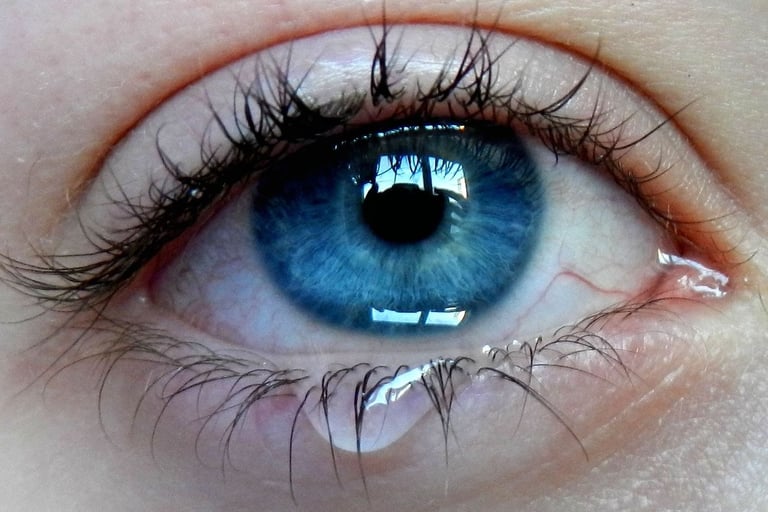

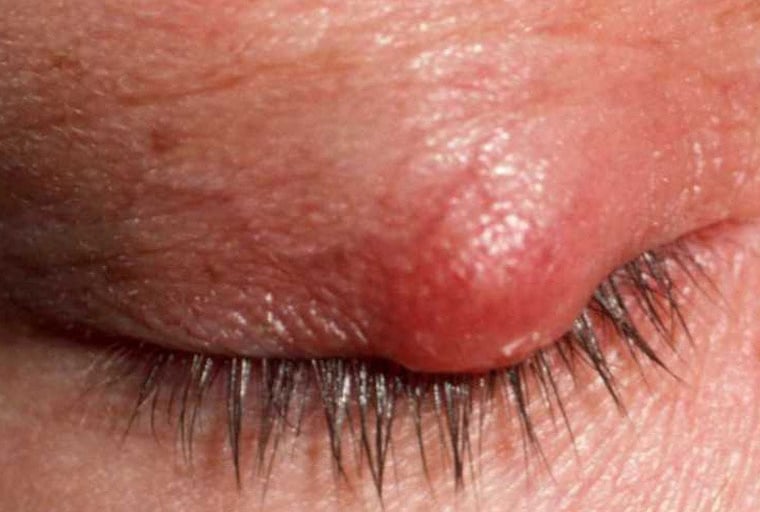

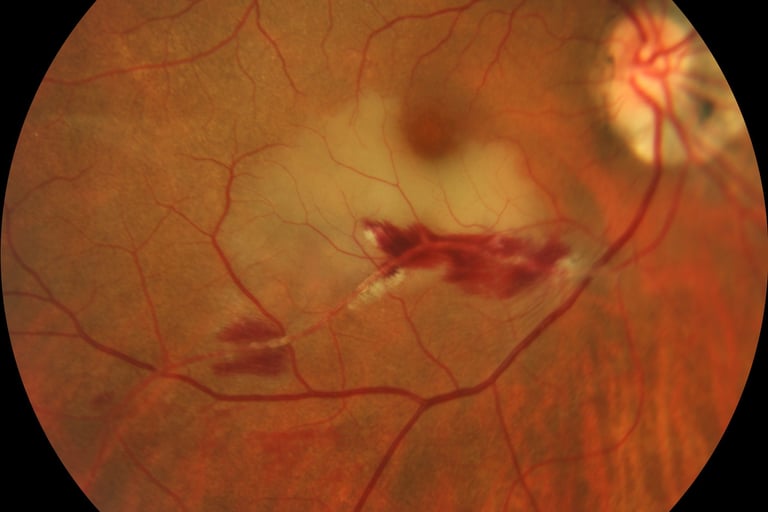

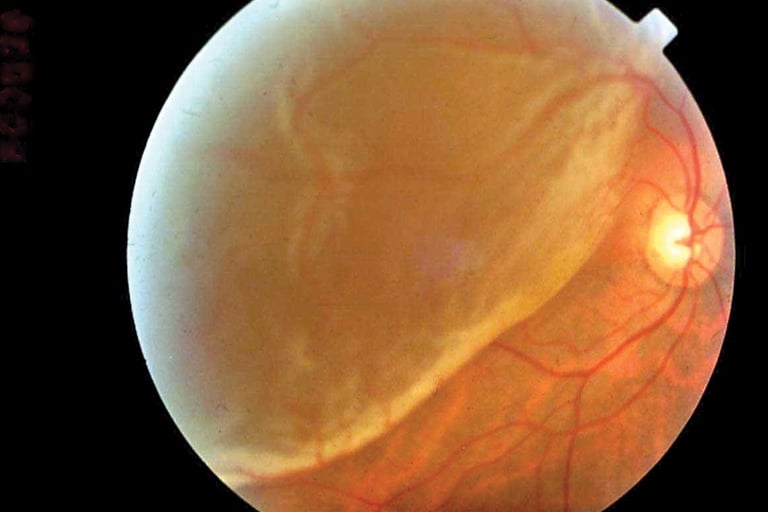

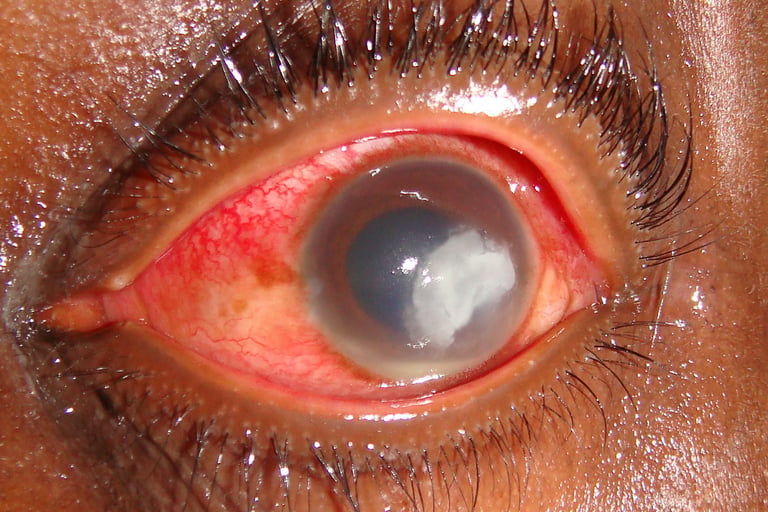

© 2025. All rights reserved.
